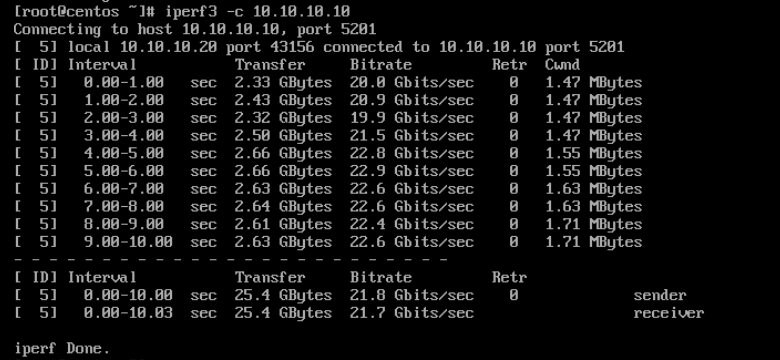
- INTEL E1000 NIC INSTALL
- INTEL E1000 NIC 64 BIT
- INTEL E1000 NIC DRIVERS
- INTEL E1000 NIC DRIVER
- INTEL E1000 NIC MANUAL
INTEL E1000 NIC INSTALL
Windows Server.īut how does this effect actual guest network throuhput ? Therefore, you cannot install kali linux.
INTEL E1000 NIC DRIVERS
Intel ethernet connections boot utility, preboot images, and efi drivers this download version 25.0 installs uefi drivers, intel boot agent, and intel iscsi remote boot images to program the pci option rom flash image and update flash configuration options.
INTEL E1000 NIC 64 BIT
Soluti on overview / 5 intel data plane development kit intel dpdk with vmware vsphere runs in 32 -bit and 64 bit mode, with or without non uniform memory access numa. The vmxnet3 without changing a machine for intel's e1000 buffer. We have probably a similar kernel, so i don't think the issue is version dependent.

Is your default vmware e1000 network interface nic installed in a virtual machine causing problems with performance? The type of the e1000 throws. DPDK Summit 2014 DPDK Virtualization Beats. Ask question asked 4 years, 8 months ago. I had this problem once yesterday and just rebooted the vm. The e1000 nic can be added directly right-click the vm > edit settings > add > ethernet adapter > select type e1000 however the e1000 drivers may need to be installed for certain operating systems. Vmware e1000 vmxnet vmxnet 2 enhanced vmxnet3 vmxnet3 e1000.
INTEL E1000 NIC DRIVER
E1000 driver, the e1000 driver is changed to a kernel only support model. Or download and later and more interesting video. If i do a search on intel site using e1000 comes out a lot of drivers ! Identify your products and get driver and software updates for your intel hardware. Select the proper version below for download and installation instructions. Although it says the size of each transmit packet buffer can be just fit an Ethernet frame (1518 bytes), here, for better performance, I use 1536 bytes, which is 16-byte aligned.Try this, sudo modprobe e1000e and see what errors dmesg, grep -e eth -e e1000 throws. Here I simply use global variables to store them. Then we need to allocate memory for both the transmit packet buffer and transmit descriptor list. * Default values for the transmit IPG register */ #define E1000_DEFAULT_TIPG_IPGT 10 * Collision distance is a 0-based value that applies to half-duplex-capable hardware only. #define E1000_TCTL_COLD 0x003ff000 /* collision distance */ /* Collision related configuration parameters */ #define E1000_COLLISION_THRESHOLD 0x10 #define E1000_TCTL_CT 0x00000ff0 /* collision threshold */ #define E1000_TDH 0x03810 /* TX Descriptor Head - RW */ #define E1000_TDLEN 0x03808 /* TX Descriptor Length - RW */ #define E1000_TDBAH 0x03804 /* TX Descriptor Base Address High - RW */ #define E1000_TDBAL 0x03800 /* TX Descriptor Base Address Low - RW */ Luckily, the lab page has provided us the definition of the legacy transmit descriptor and most of the others can be copied from Linux e1000 kernel module, we can just paste them to our e1000.h.


INTEL E1000 NIC MANUAL
To initialize the transmit, as the lab instruction and 8254x Developer's Manual section 14.5 says, we need the following steps:


 0 kommentar(er)
0 kommentar(er)
